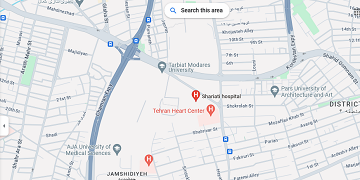Human dental pulp stem cells differentiation: A review

Abstract
The advent of regenerative medicine has brought us the opportunity to regenerate, modify and restore human organs function. Stem cells, a key resource in regenerative medicine, are defined as clonogenic, self-renewing, progenitor cells that can generate into one or more specialized cell types. Human dental pulp stem cells (HDPSCs) are ectodermal-derived stem cells, originating from migrating neural crest cells and are capable of providing enough cells for potential cell-basedtherapies. During last decade, HDPSCs have received extensive attention in the field of tissue engineering and regenerative medicine due to their accessibility and ability to differentiate in severalcell phenotypes. In this review, we have described the potential of HDPSCs to differentiate into odontoblasts, osteoblasts, hepatocytes, neuroblasts and angioblasts in response to different bioactive factors. Therefore, the culture and selective differentiation of HDPSCs should provide furtherunderstanding of dental pulp progenitors and their potential use for new therapeutic approaches in regenerative medicine. Keywords: Human dental pulp stem cells (HDPSCs), Differentiation, Bioactive factors, Inductive factors




Send to friends